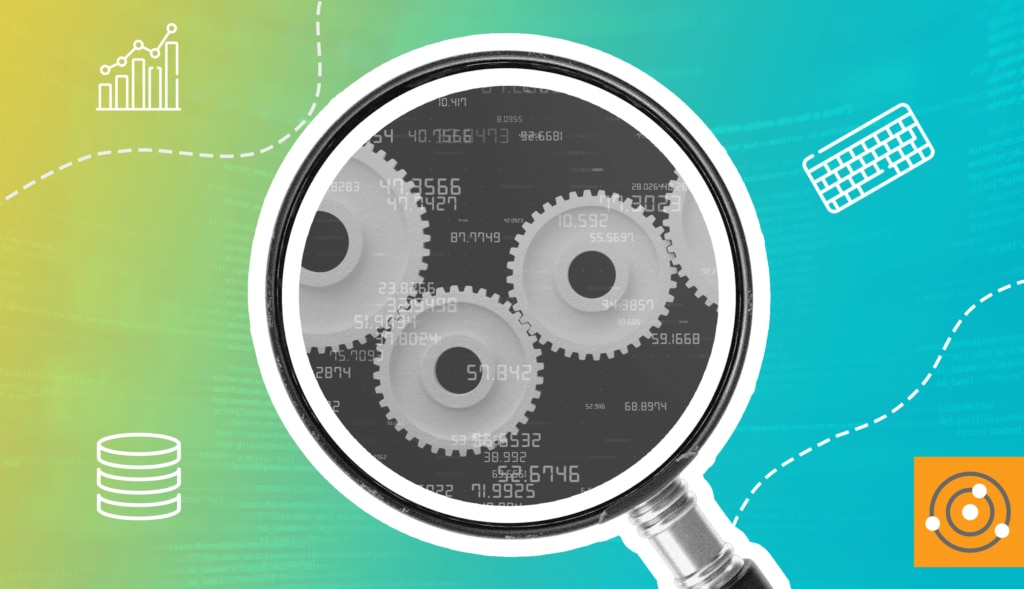Not many years ago, the role of the data steward was the domain of the world’s largest organizations. When I was in college, the only person I heard of with this job title worked for one of Detroit’s Big Three automakers. Even as mainframes were supplanted by other computing paradigms, only sprawling corporations with intensive electronic data processing needs could possibly have enough information to justify a full-time staff member charged with overseeing it all.
Today, we’re increasingly seeing small and medium-sized companies
with chief data officers (CDOs) in the C-suite or upper echelons of the IT department. Typically, organizations might have one or more data stewards under the purview of the CDO. Often, the responsibilities data stewardship encompasses are managed by groups of people with shared responsibilities in a committee.
As one of my peers in the Microsoft MVP program, John Morehouse, pointed out in his article
defining what a data steward is, this role is primarily charged with ensuring data management and security under far-reaching data governance processes, policies, guidelines, and responsibilities. So, why are we hearing about data stewards, data owners, and business/process/system stewards with more frequency? The simple answer is we need them more than ever.
More Infrastructure = More Complexity
Today, young IT professionals can hardly imagine a world without the cloud. Smartphones, enterprise resource planning (ERP) platforms, APIs,
microservices, and software as a service (SaaS) offerings are now commonplace. In contrast to the post-digitized, multi-cloud environments we’ve all become accustomed to, when I began my career in the mid-1980s, most companies ran their operations on paper and had a limited number of custom programs developed in-house. Back then, there were few ready-made software options, so your business had to
staff up with database administrators and developer teams or use antiquated paper-based workflows.
Over the past decade, software, hosting, and managed services have transitioned to delivery and licensing on a pay-as-you-go, scale-as-you-need subscription basis. This means the building blocks of IT infrastructure are available as downloadable, cloud-based, and plug-and-play solutions. Many on-premises applications and services also depend heavily on hybrid architecture, resulting in exponentially greater operational and administrative complexity.
Though organizations still need rock-solid data availability, usability, security, and efficiency, the increasing complexity of their IT solutions means it can be harder than ever to properly address these needs. This is what occupies data stewards—ensuring the quality, integrity, and usability of data despite the many layers and complexities within our IT solutions. Of these, one of the most difficult challenges is to make data discoverable.
Data stewards are key because they have a broad understanding of the business. Therefore, they can find opportunities to identify gaps in organization data sets and combine those sets of data together to maximize their usefulness. To illustrate the value of data availability, think of a business using Salesforce. As a powerful customer relationship management (CRM) platform, the software contains most of their data about customers, prospects, sales, and even revenue projections if they’re also using Salesforce Financial Services Cloud. But what about inventory, manufacturing, logistics, and supply chain issues? If these IT data sets are unknown to Salesforce users, then they’ll lose visibility into important parts of their business operations.
In other words, this mission-critical sales information—under constant use and with round-the-clock updates—is a self-contained data silo. Were this organization to make the information accessible only to its sales department, the degree of wasted upside or “opportunity cost” would be substantial. It’s worth noting research has found data stewards create a
multiplier effect of driving profitability versus the
additive value created by traditional database management personnel, such as DBAs and application developers.
Naturally, it’s hard to conceive of an organization not benefiting from data governance, even if it’s too small to have a full-time data steward. In such cases, a working group sharing data governance responsibilities is the obvious answer. From a broader perspective, master data management (MDM) describes the discipline shared by business managers and IT professionals for ensuring the “uniformity, accuracy, stewardship, semantic consistency, and accountability of the enterprise's official shared master data assets,” as defined by
Gartner.
The Relevancy of Master Data Management for Observability
Highlighting the
hierarchy of data governance from the top of an organization downward is particularly timely with discussions about observability firmly dominating the tech media industry. Not coincidentally, the goals of MDM and observability are highly similar, starting with optimizing the availability and usage of data and the ability to analyze and visualize data with the aim of having a “single version of the truth.”
Although the focus on observability (and perceived need for it) has been trending upward over the past several years, its adoption has exploded in the last year. The world’s tech knowledge base,
O’Reilly Media—my home as an author for over 18 years—noted a 124% growth in mentions of titles with the word "observability" (compared to a healthy but substantially lower 36% increase for "monitoring") in their annual 2022
technology trends survey. In a sense, MDM is to data what observability is to infrastructure management—your path toward 360-degree visibility into those areas of IT responsibility.
Although the
road to observability runs parallel to MDM, both have shared origins in database visualization, which emerged in the late ’90s and 2000s. As the manager of information architecture at a global accounting and professional services firm during that time—and then president of the largest SQL Server professional association—I watched eagerly as enhanced methods of database administration matured in the 2000s and coalesced into advanced and capable data governance applications used by the wider market. Then followed the application of analytics and data science principles to relational databases, which foreshadowed the innovations we’re now applying to the measurement of a broad variety of internal states of our complex IT environments.
Observability at Your Fingertips
From our perspective as a market-leading developer of network, systems, database, and application management and monitoring solutions, it’s a natural progression for us to provide our customers with a seamless path to full-stack observability. With the release of
SolarWinds Observability Self-Hosted (formerly known as Hybrid Cloud Observability), organizations can benefit from a “single pane-of-glass” view of highly granular infrastructure metrics from across on-premises, hybrid, cloud, and multi-cloud environments to
deliver value quicker, which is further complemented and amplified by artificial intelligence (AI)- and machine learning-enabled oversight far beyond anything possible with manual data analysis of the same metrics.
As I’ve said for years as a SQL guru, “Better data makes better decisions.” This is why observability is such an exciting inflection point for data professionals like me and anyone passionate about the promise of knowing more about how our organizations work and understanding why and how to make them better.





